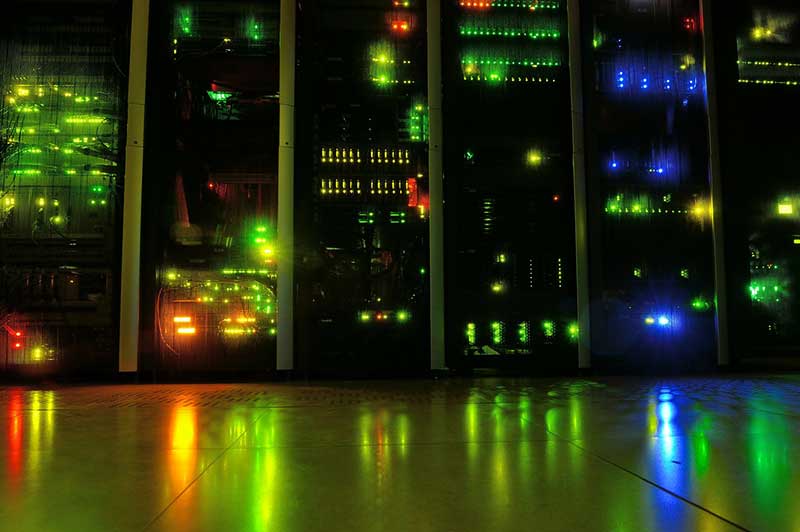The Wenchang space base, located in Hainan province, China, is reportedly preparing to undertake a major project. The project is the construction of a supercomputing center for analyzing data obtained from outer space. Based on local media reports, the Chinese Government has prepared a disbursement of funds of 20 billion Yuan to build the supercomputer center. The plan, this supercomputer center will be built by the end of 2021 and is expected to be operational starting in 2022.
Later, this supercomputing center will be used to provide large computing services in several industrial sectors, including aerospace and marine. Also read: History of computers and their development from time to time Based on reports, the Chinese government predicts that in the next few decades this supercomputing center will also be able to offer high-speed internet services. The internet service will be used for aircraft until it is used to track coal shipments quoted from Reuters, Thursday (22/4/2021).
China itself is not a new player in the supercomputing industry. The Bamboo Curtain country is known to have eight supercomputing centers spread across several regions, such as in Huangzhou, Beijing, Shanghai, Jinan, Tianjin, to Wuxi. According to data on the TOP500 website released in November 2020, two Chinese supercomputers are even among the top 10 fastest supercomputers in the world.
There is the Sunway TaihuLight supercomputer in fourth position with a speed of 93.01 petaflops and Tianhe-2A in sixth position with a speed of 61.4 petaflops. The Tianhe-2 computer developed by the Defense Technology University, in the city of Changsa, China, is capable of making 33,860 trillion calculations per second. Tianhe-2, which means Milky Way-2, managed to beat the US Department of Energy’s Titan computer, which has been considered the fastest computer in the world. Titan has a capability of 17.59 petaflops per second or 17.590 trillion per second. As a comparison, the human brain is only able to produce 10-20 petaflops per second or half of the calculations produced by Tianhe-2.
